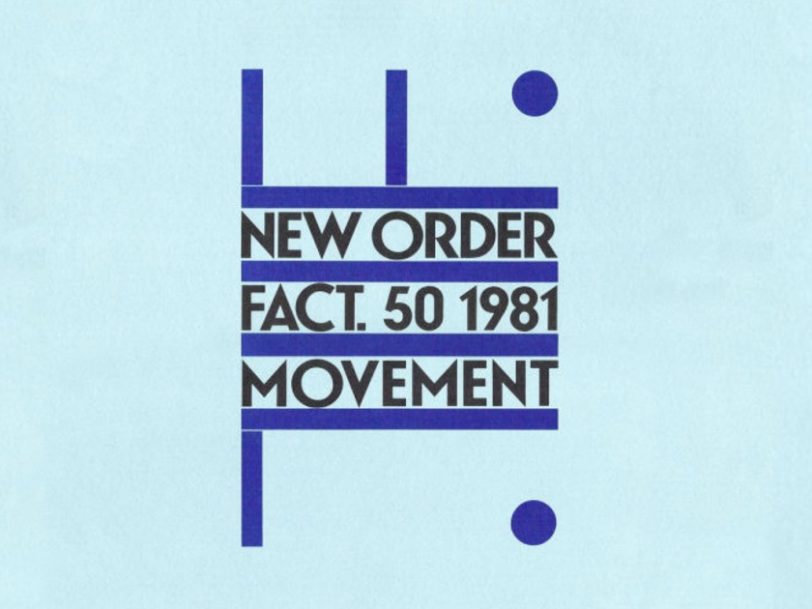Making their debut album, Movement, was never going to be easy for New Order. First released towards the tail-end of 1981, it arrived just 18 months after vocalist Ian Curtis’ suicide put an end to their highly acclaimed previous band, Joy Division – a tragic event which forced guitarist Bernard Sumner, bassist Peter Hook and drummer Stephen Morris to start again from scratch.
Listen to ‘Movement’ here.
Despite the emotional upheaval, the Manchester trio were adamant that they would continue making music regardless of where it led them. Indeed, Hook penned their first new song, Dreams Never End, just days after Curtis’ death. The fledgling outfit – who remained unnamed at this stage – knew that survival meant taking the loss of their friend on the chin and simply carrying on.
“It really was a bridge into New Order”
“We had dinner in Macclesfield and asked ourselves, ‘Do we want to carry on or go back to having day jobs?’” Hook told Record Collector in 2020. “We agreed to rehearse on the Monday, and over the weekend I wrote the riff [for Dreams Never End] in my bedroom. I took it in to rehearsals and we worked on going forwards.”




